Time for All Programs, Not Just Real-Time Programs
Author(s): Edward A. Lee and Marten Lohstroh
Abstract
We argue that the utility of time as a semantic property of software is not limited to the domain of real-time systems. This paper outlines four concurrent design patterns: alignment, precedence, simultaneity, and consistency, all of which are relevant to general-purpose software applications. We show that a semantics of logical time provides a natural framework for reasoning about concurrency, makes some difficult problems easy, and offers a quantified interpretation of the CAP theorem, enabling quantified evaluation of the tradeoff between consistency and availability.
Citation Formats
-
APA
Edward A. Lee and Marten Lohstroh. (2021). Time for All Programs, Not Just Real-Time Programs. In Int. Symp. on Leveraging Applications of Formal Methods (ISoLA). doi:10.1007/978-3-030-89159-6_15. -
MLA
Edward A. Lee and Marten Lohstroh. "Time for All Programs, Not Just Real-Time Programs." Int. Symp. on Leveraging Applications of Formal Methods (ISoLA), 2021. doi:10.1007/978-3-030-89159-6_15. -
Chicago
Edward A. Lee and Marten Lohstroh. "Time for All Programs, Not Just Real-Time Programs." Int. Symp. on Leveraging Applications of Formal Methods (ISoLA), 2021. doi:10.1007/978-3-030-89159-6_15. -
BibTeX
@inproceedings{LeeLohstroh:21:Time, author = {Edward A. Lee and Marten Lohstroh}, title = {Time for All Programs, Not Just Real-Time Programs},
booktitle = {Int. Symp. on Leveraging Applications of Formal Methods (ISoLA)},
month = {October 17-29},
year = {2021},
doi = {10.1007/978-3-030-89159-6_15},
abstract = {We argue that the utility of time as a semantic property of software is not limited to the domain of real-time systems. This paper outlines four concurrent design patterns: alignment, precedence, simultaneity, and consistency, all of which are relevant to general-purpose software applications. We show that a semantics of logical time provides a natural framework for reasoning about concurrency, makes some difficult problems easy, and offers a quantified interpretation of the CAP theorem, enabling quantified evaluation of the tradeoff between consistency and availability.},
URL = {https://doi.org/10.1007/978-3-030-89159-6_15}}

